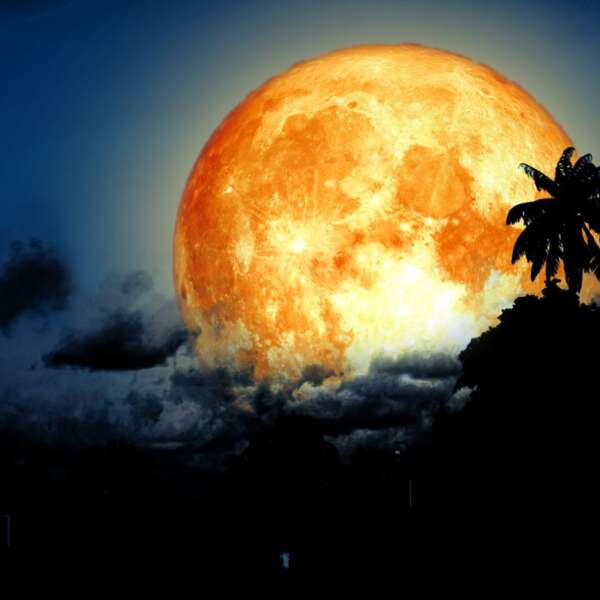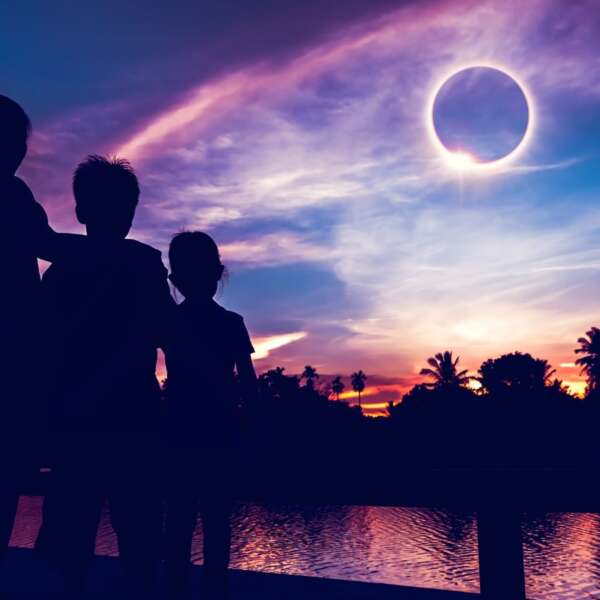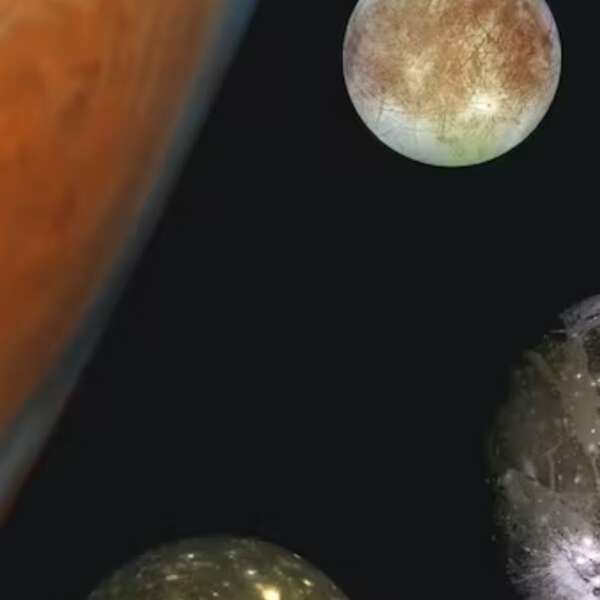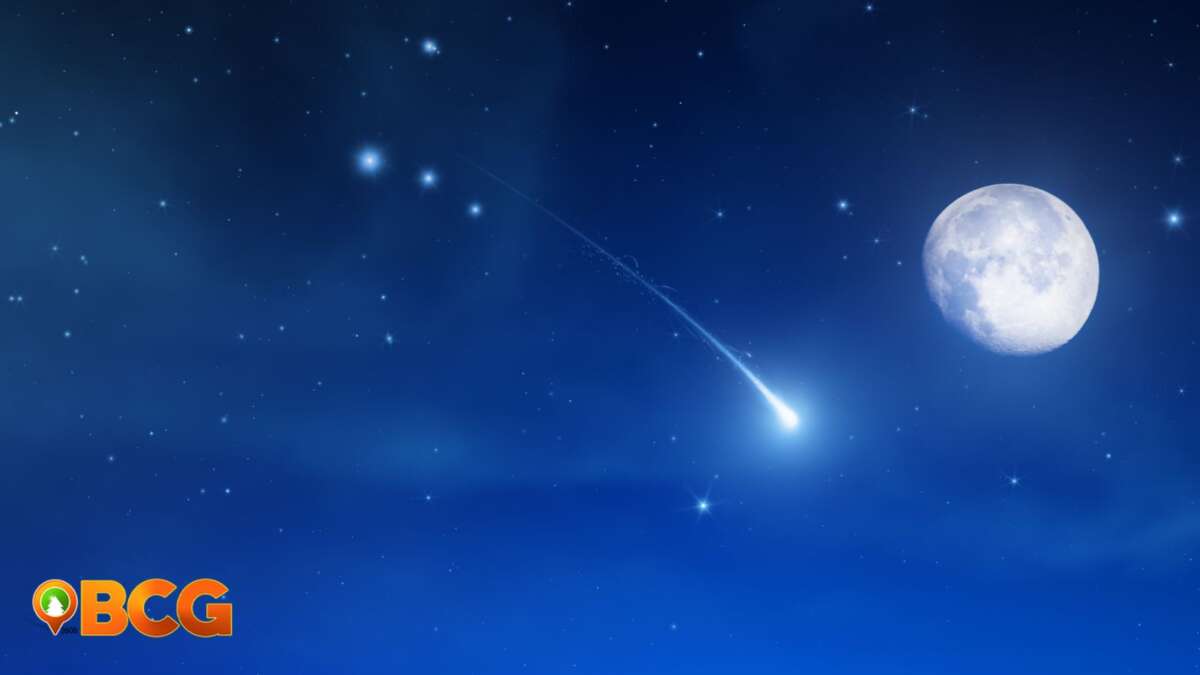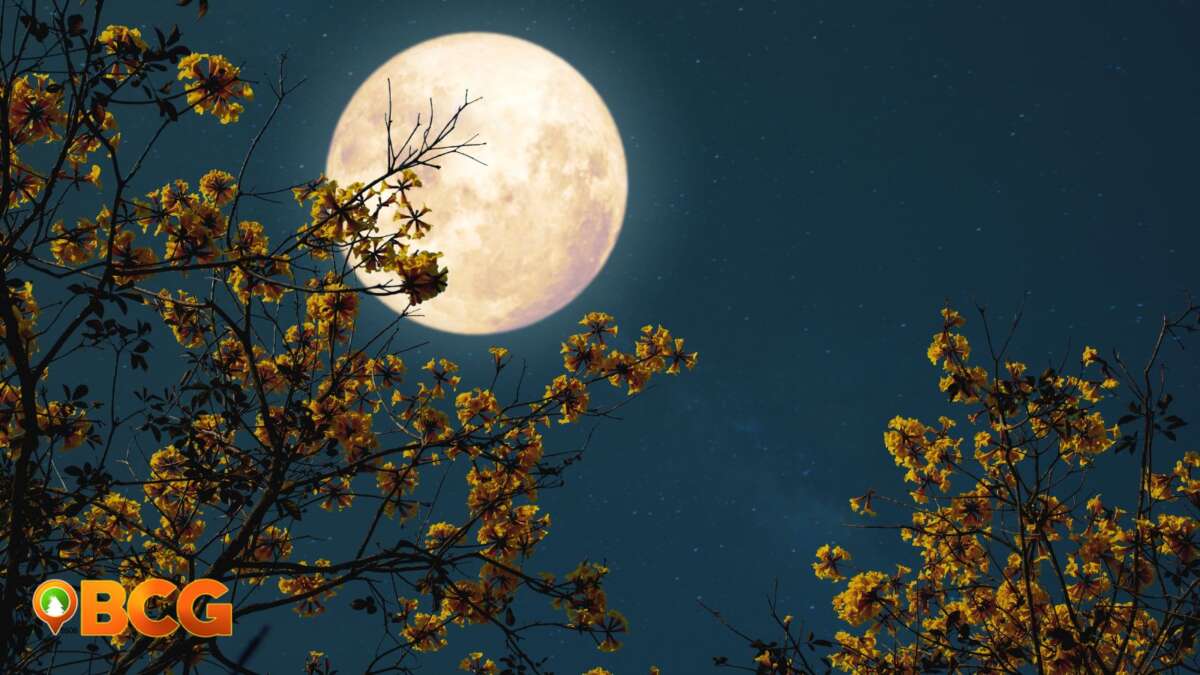NASA/ESA Hubble Space Telescope Sees a “Molten Ring”
This stunning image of GAL-CLUS-022058s was taken with the NASA/ESA Hubble Space Telescope. And it was made public by the National Aeronautics and Space Administration on December 18, 2020.
The “Molten Ring”
GAL-CLUS-022058s, the largest and one of the most complete Einstein rings ever discovered in our universe, was nicknamed by astronomers as the “Molten Ring” due to its appearance and host constellation. The “Molten Ring” was located in the southern hemisphere constellation of Fornax.
Gravitational Lensing
“The warped light in this NASA Hubble image is a prime example of gravitational lensing, which occurs when gravity from an object (in this case, a galaxy cluster) bends the light from a background galaxy before the light reaches the observer,” briefly explained by NASA through a Tweet.
And gravitational lensing, as stated by the National Aeronautics and Space Administration on an official blog post, was first theorized to exist by Einstein in his general theory of relativity.
“The narrow galaxy elegantly curving around its spherical companion in this image is a fantastic example of a truly strange and very rare phenomenon,” the administration further described.
Did you find this photo fascinating? Share your thoughts with us in the comment section below.
For More News and Updates
Looking for more news and updates? Feel free to explore our BCG website and our official Facebook page. You may also check out our official BCG YouTube channel to catch a variety of video content.
Source: NASA, NASA| Official Twitter, Hubble| Official Twitter




